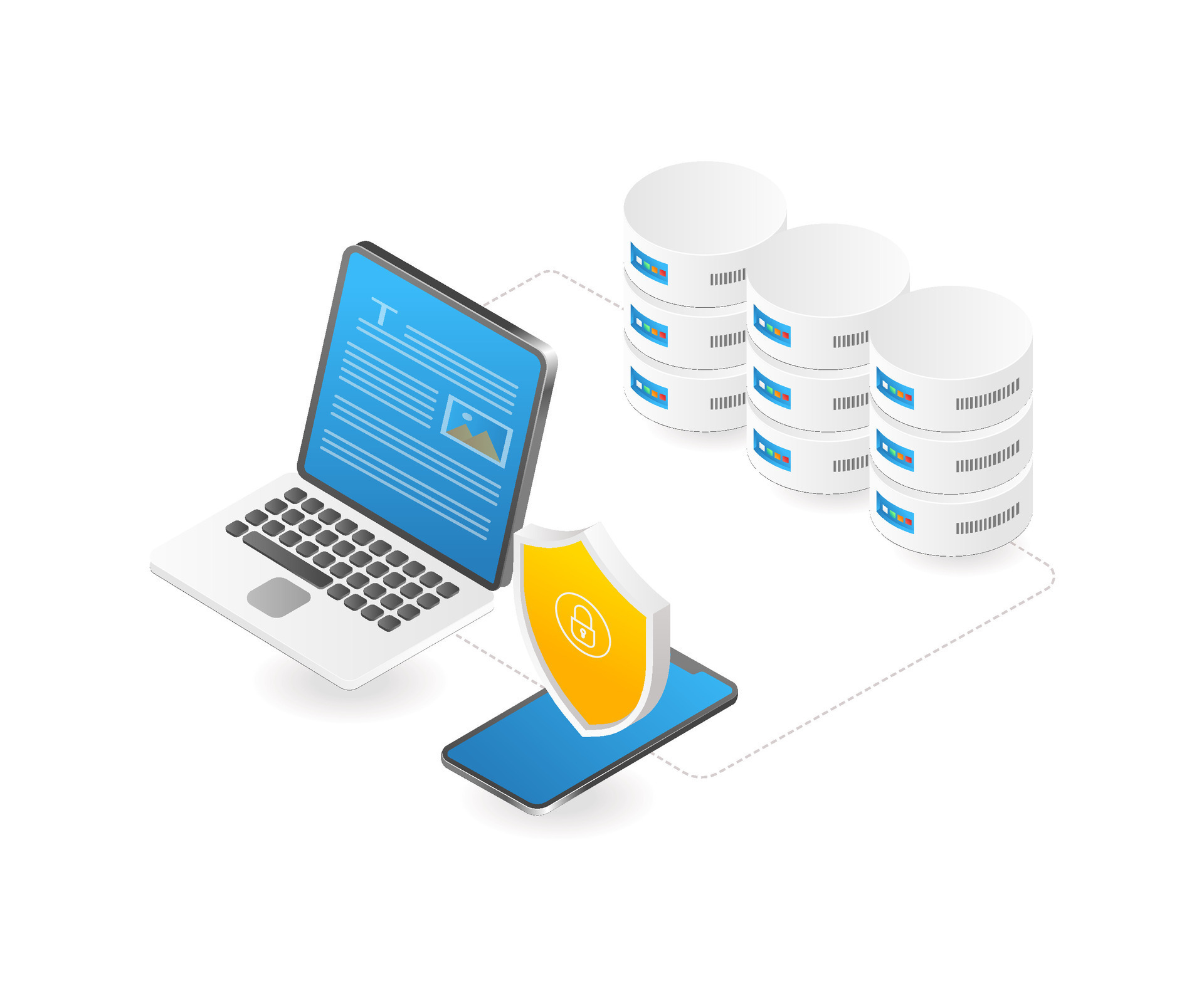Challenges and Solutions in Cybersecurity in Cloud Computing

Currently, all businesses are implementing cybersecurity in cloud computing. This can increase flexibility, save costs, and improve efficiency by deploying effectively. However, there are still risks that cybersecurity in cloud computing brings such as internal threats, data breaches, vulnerabilities, and legal obligations that businesses will have to face.
In this article, we will explore the challenges and risks that cybersecurity in cloud computing brings by highlighting critical issues that businesses have faced and providing effective solutions to mitigate these risks.
What is cloud computing in cyber security?
Cybersecurity is the process of safeguarding computer networks, systems, and data from theft, damage, and unauthorized access while maintaining the availability, confidentiality, and integrity of information technology resources.
Cloud computing eliminates the need for local servers or personal computers by offering internet-based processing power, storage, and a wide range of applications.
Cybersecurity in cloud computing is the process of enhancing network security, including threat detection, prevention, incident response, and compliance management, by combining cloud-based technologies, services, and infrastructure.
The importance of Cybersecurity in Cloud Computing.
Data protection
Cloud computing cybersecurity involves encryption, access control, and regular checks to protect sensitive information. It minimizes risks of breaches through continuous monitoring, threat detection, and response mechanisms, ensuring data integrity and preventing unauthorized access.
Maintaining customers’ trust
Cloud service providers must uphold confidentiality and privacy by responsibly handling customer data, minimizing data exposure or misuse. Transparent communication, including regular updates on security measures, incidents, and resolutions, is vital for building customer trust and fostering security.
Compliance and Legal Obligations
Cybersecurity in cloud computing involves handling data subject to various regulations like GDPR, HIPAA, and industry-specific standards. Adhering to these policies is a legal duty and crucial for cybersecurity in the cloud to avoid penalties and reputational damage. Organizations using cloud services must ensure service providers follow industry and regional guidelines by assessing their security protocols and confirming their alignment with legal requirements.
Business Continuity
By duplicating and backing up data, cloud-based solutions let organizations swiftly recover from natural catastrophes, cyberattacks, or system outages. By reducing downtime threats like DDoS assaults, system flaws, and proactive monitoring, cybersecurity solutions guarantee continuous operations.
The challenges and risks associated with cybersecurity in cloud computing.
Data Breaches
Maintaining cloud data included contracting with a third-party provider for the processing of sensitive data; nonetheless, cybersecurity breaches in cloud computing might happen as a result of weak security controls or infrastructure flaws.
Compliance and Legal Issues
The cybersecurity risks associated with cloud computing are a result of data being stored in several countries, which makes it more difficult to comply with rules like GDPR, HIPAA, and PCI DSS. For this reason, handling data legally is essential.
Data Loss:
Cloud storage platforms often make data transmission simple, but this can lead to data loss. Businesses often face issues with data loss and proliferation when moving large amounts of data to the cloud. To minimize this, creating updated backups for all data stores is crucial.
Lack of Visibility and Control
Cybersecurity in cloud computing may be hindered by limited visibility and control over the provider's infrastructure and security measures, making risk assessment and management challenging.
Emerging Threats and Vulnerabilities
The dynamic cybersecurity environment in cloud computing means that vulnerabilities may not be sufficiently addressed by current security solutions, hence ongoing monitoring and response to new threats is required.
5 tactics to address cloud computing cybersecurity threats and issues.
Encrypt Data
Strong encryption techniques are used in cloud computing cybersecurity to protect information from unwanted access and guarantee that it cannot be read even if the important decryption keys are misplaced.
Continuous Monitoring and Threat Detection
Use technologies for real-time cybersecurity and cloud computing environment monitoring. To find suspicious activity and possible breaches, use methods like anomaly detection, intrusion detection systems, and SIEM systems.
Regular Security Assessments and Audits
To find vulnerabilities and make sure that industry standards and laws are being followed, regular security assessments, vulnerability scans, and penetration tests are essential for cloud computing cybersecurity.
Secure Configuration Management
Your business needs to establish a periodic plan to modify configurations for cybersecurity in cloud computing, ensuring that operating systems and applications are always secure and compliant with cybersecurity methods in cloud computing to minimize the risks of attacks.
Backup and Disaster Recovery Planning
To prevent potential risks, businesses need to establish backup strategies in advance to avoid unexpected data loss incidents. It is also necessary to set up recovery campaigns so that in case of data loss, system failure, or security breaches, they can be quickly restored, reducing downtime and data loss.
Wrap up
Cybersecurity in cloud computing is an advancement of the technological and internet revolution. It has simplified everything and made management easier. However, cybersecurity in cloud computing also has risks that businesses must guard against. If these risks occur, your business will lose its security and suffer losses.
Are you ready to explore the cybersecurity services related to cloud computing that Axalize will bring to you? We are confident that Axalize will meet your needs, including additional services readily available on the Axalize website.


